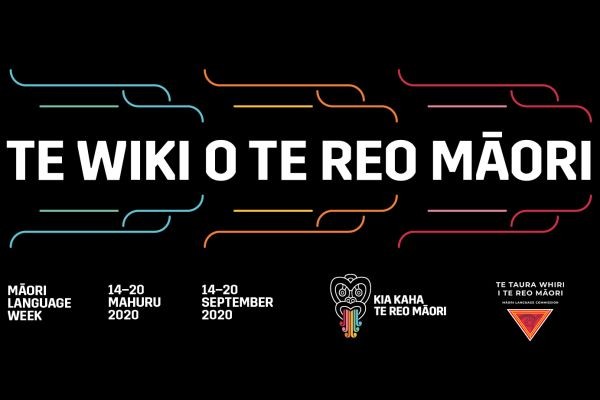Australia's banking landscape is dominated by the Big Four—Commonwealth Bank, Westpac, ANZ, and NAB. This oligopoly controls a significant portion of the nation’s financial services, raising questions about its impact on consumers. While these institutions offer stability and accessibility, critics argue that a lack of competition stifles innovation and inflates costs for Australian consumers.
Understanding the Big Four's Dominance
The Big Four banks collectively hold approximately 80% of the Australian banking market, according to the Reserve Bank of Australia (RBA). Such concentration provides these banks with significant pricing power, often leading to higher interest rates and fees compared to markets with more competition. The Australian Competition & Consumer Commission (ACCC) has expressed concerns about this dominance, noting potential negative impacts on consumer choice and pricing.
Pros and Cons of the Big Four's Market Control
✅ Pros:
- Stability: The size and resources of the Big Four contribute to the overall stability of Australia’s financial system, making them less vulnerable to economic shocks.
- Accessibility: With branches nationwide, they offer widespread access to banking services, crucial for both urban and rural communities.
- Comprehensive Offerings: These banks provide a wide range of services, from personal banking to complex financial products, under one roof.
❌ Cons:
- Higher Costs: The oligopoly can lead to less competitive pricing, resulting in higher fees and interest rates for consumers.
- Lack of Innovation: With less pressure to innovate, banks may not invest in new technologies as aggressively, potentially delaying advancements in financial services.
- Limited Consumer Choice: Dominance by a few players can limit options, making it difficult for smaller banks or fintech companies to gain a foothold.
Real-World Case Study: ING Direct's Growth in Australia
Problem: ING Direct, a smaller player in the Australian market, faced challenges breaking into a space dominated by the Big Four. The bank needed to differentiate itself to attract customers.
Action: ING Direct leveraged digital banking solutions to offer competitive interest rates and lower fees. It focused on user-friendly online services, appealing to tech-savvy consumers.
Result: Within a decade, ING Direct increased its market share significantly, reporting a 20% increase in customer accounts annually. This success demonstrated the potential for innovation in a monopolized market.
Takeaway: ING Direct’s success highlights the opportunities for smaller banks that focus on innovation and customer-centric services. This case suggests that increased competition can benefit consumers by driving down costs and improving service offerings.
Data-Driven Insights: Economic Impact
According to a report by the Australian Treasury, the financial sector contributes over $140 billion to the economy, accounting for approximately 8% of the GDP. Despite this significant contribution, the market concentration remains a concern. The RBA indicates that high levels of concentration can lead to inefficiencies, such as less competitive loan rates, impacting consumer purchasing power.
Regulatory Insights: ACCC and APRA's Role
The ACCC and the Australian Prudential Regulation Authority (APRA) play crucial roles in ensuring fair competition and financial stability. Recent ACCC inquiries have focused on bank pricing strategies and their impact on consumers. Meanwhile, APRA's oversight ensures these banks maintain adequate capital to safeguard the financial system, balancing consumer protection with industry stability.
Common Myths & Mistakes
- Myth: "The Big Four banks are too big to fail." Reality: While large, these banks are subject to stringent regulatory oversight to mitigate systemic risks, but no bank is immune to failure under extreme conditions.
- Myth: "Switching banks is not worth the hassle." Reality: Many consumers find better rates and services with smaller banks or fintech options, leading to significant savings over time.
Future Trends & Predictions
Looking ahead, the rise of fintech companies presents a growing challenge to the Big Four's dominance. The Australian market is seeing increased investment in digital banking solutions, with projections indicating that fintech could capture up to 30% of the market by 2030, according to Deloitte. This shift could drive the Big Four to innovate and offer more competitive pricing and services.
Conclusion
The Big Four’s dominance presents both challenges and opportunities. While they provide stability and comprehensive services, their control of the market can lead to higher costs and reduced innovation. The rise of fintech and increased regulatory scrutiny offer hope for a more competitive and consumer-friendly banking environment in Australia.
What’s your take on the Big Four's impact on Australian consumers? Share your thoughts and experiences in the comments below!
People Also Ask
- How does the Big Four's dominance affect Australian consumers? The dominance leads to higher fees and interest rates, limiting consumer choice and innovation in the banking sector.
- What are the biggest misconceptions about the Big Four banks? One myth is that they are too big to fail, but regulatory measures are in place to manage systemic risks.
Related Search Queries
- Big Four banks Australia market share
- Impact of banking oligopoly on consumers
- Fintech competition with Big Four banks
- ACCC banking market inquiry
- Future of Australian banking industry































RussellAlo
7 months ago